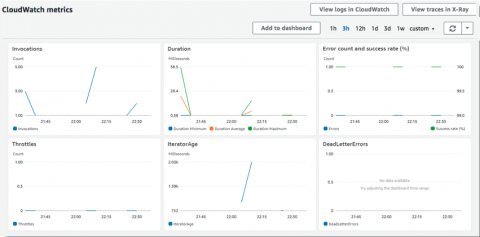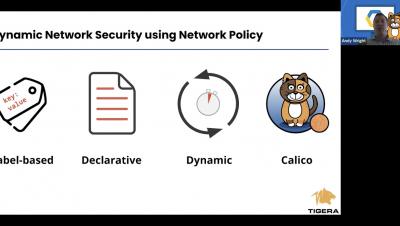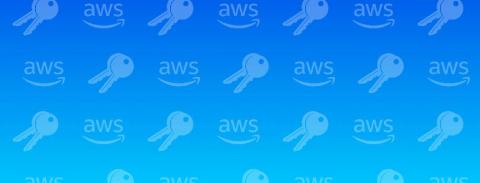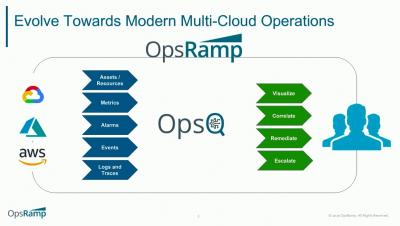Dashbird's Lessons Learned from Launching a SaaS Application
From the development and operations side, launching a new software application can be quite challenging. Deciding which tools to use, how to organize the task pipeline, managing collaboration among team members, monitoring performance and potential issues after launch, etc. It’s not easy to get it done right. Dashbird recently went through all of this. Behind the scenes, our amazing development team worked really hard to overcome all challenges and deliver the best value to our users.











